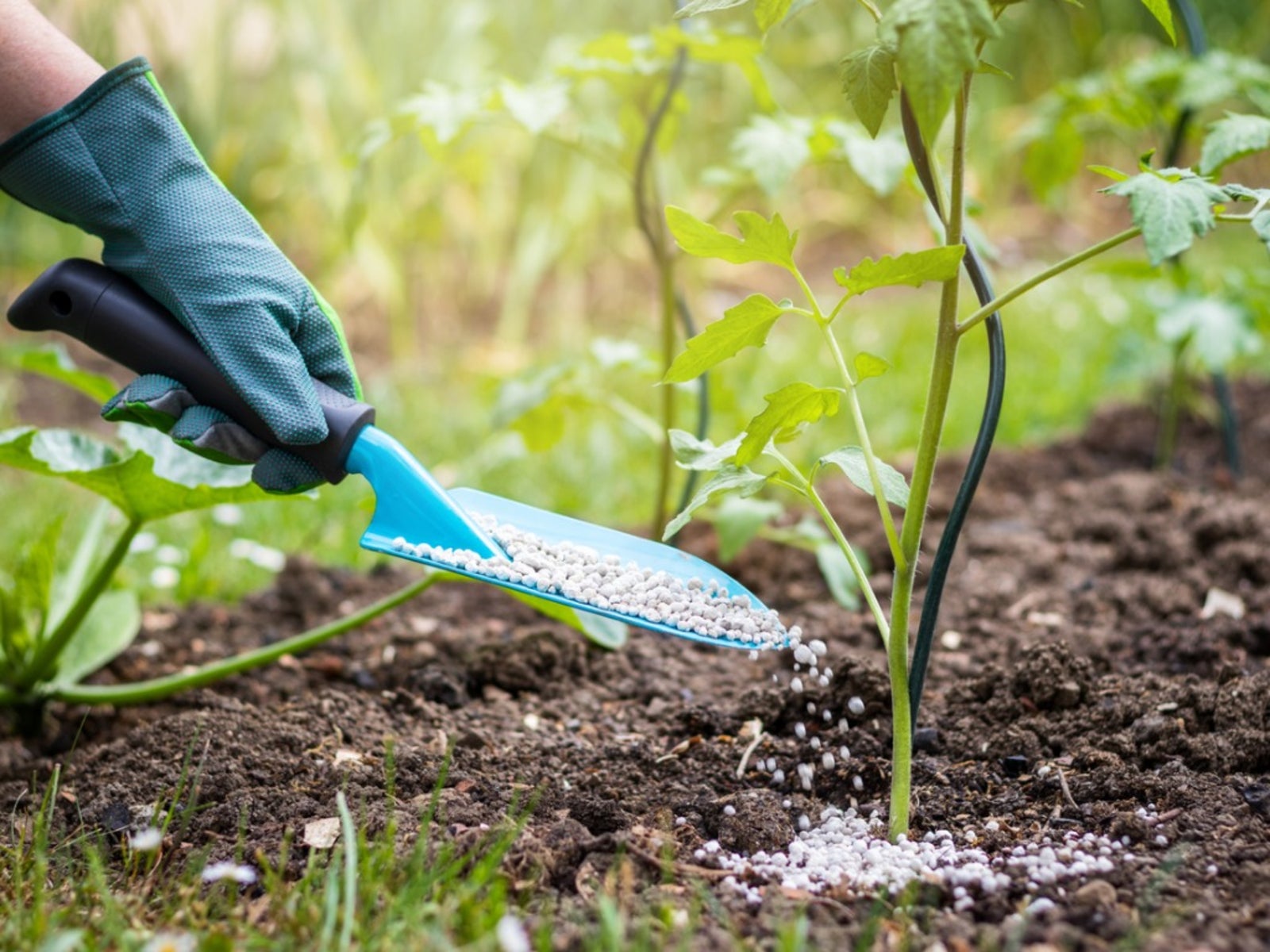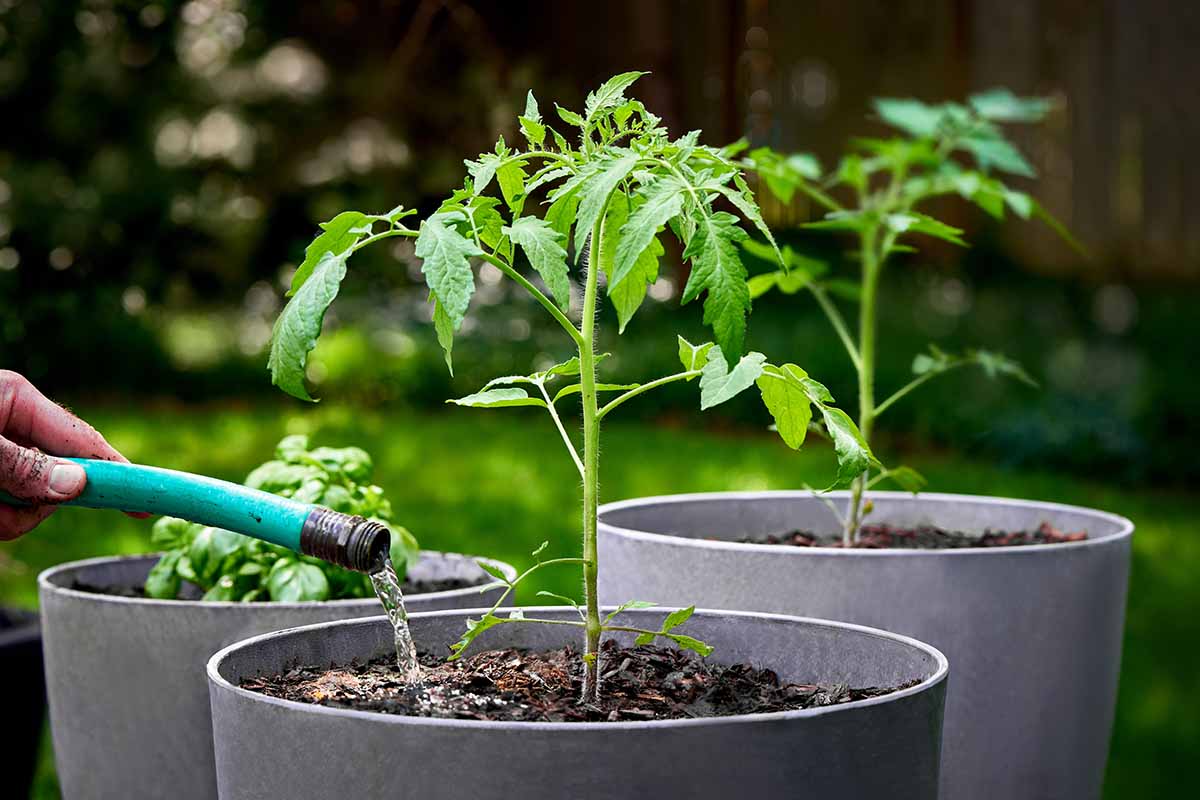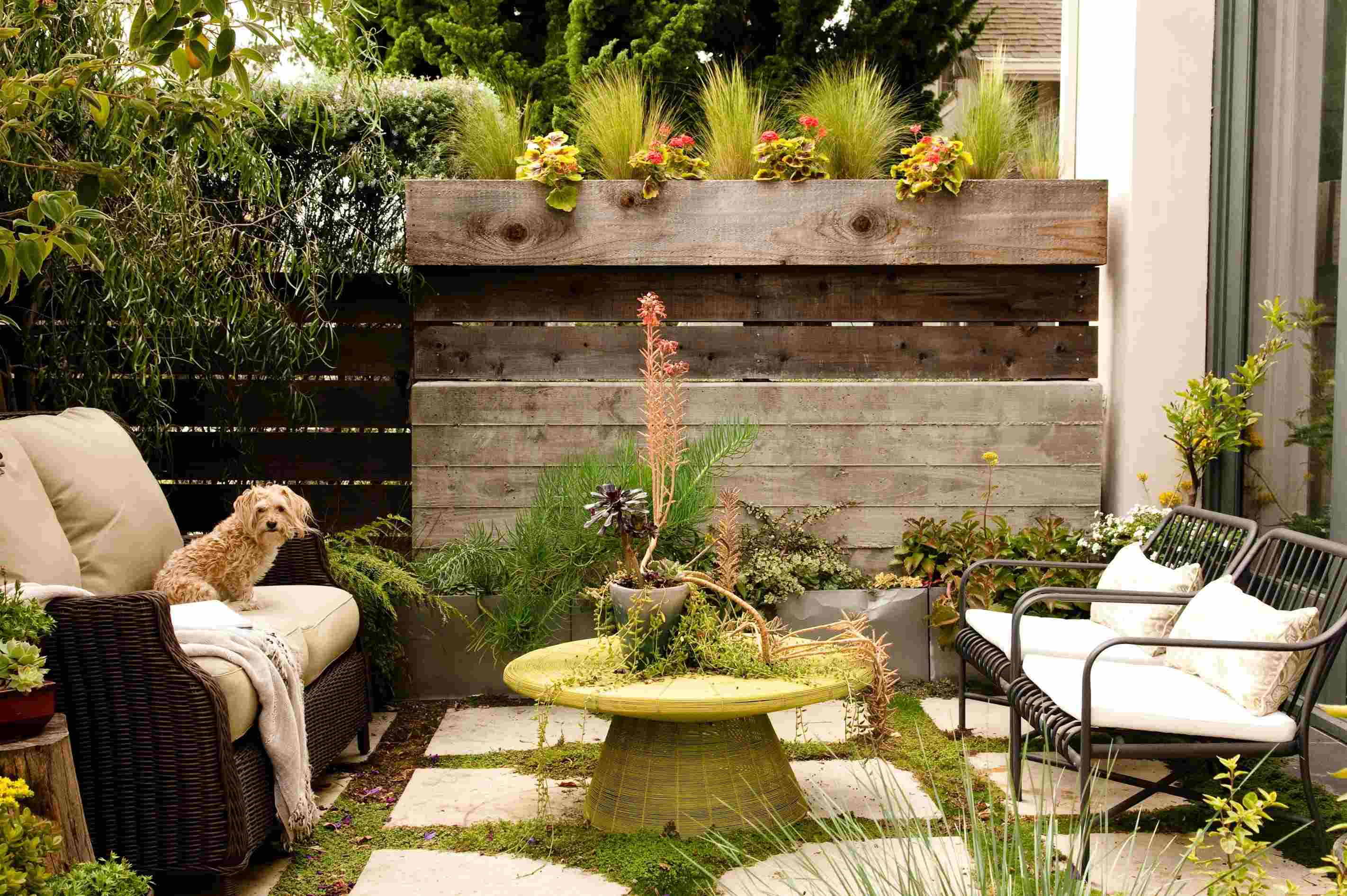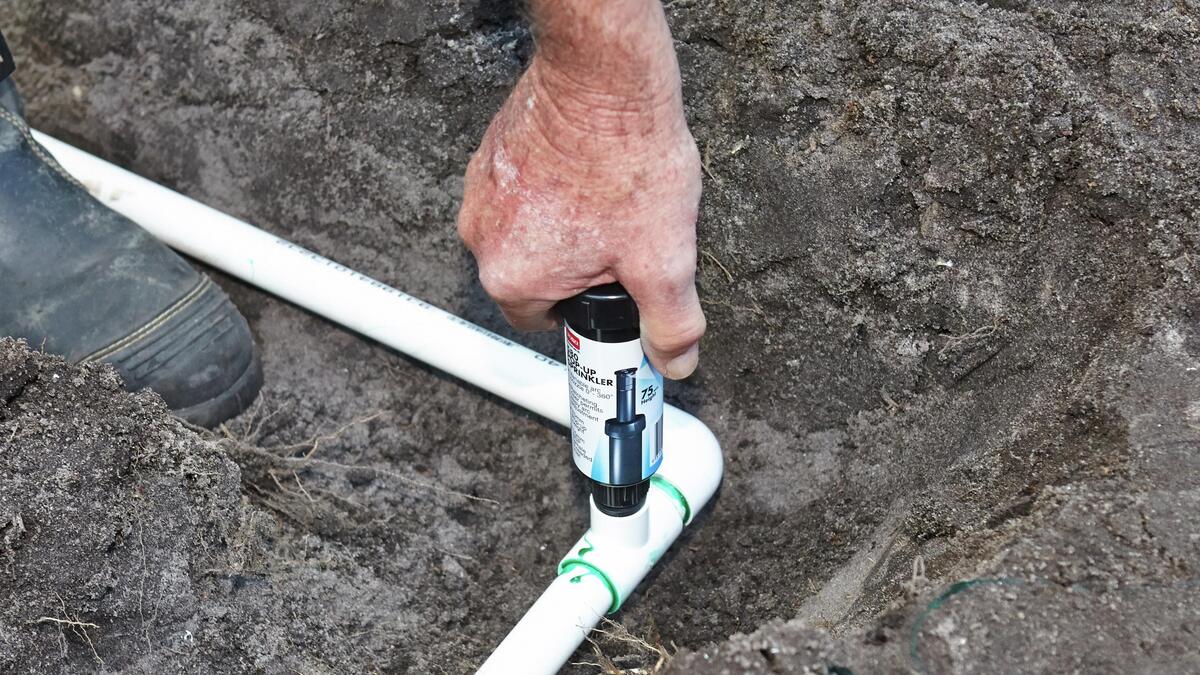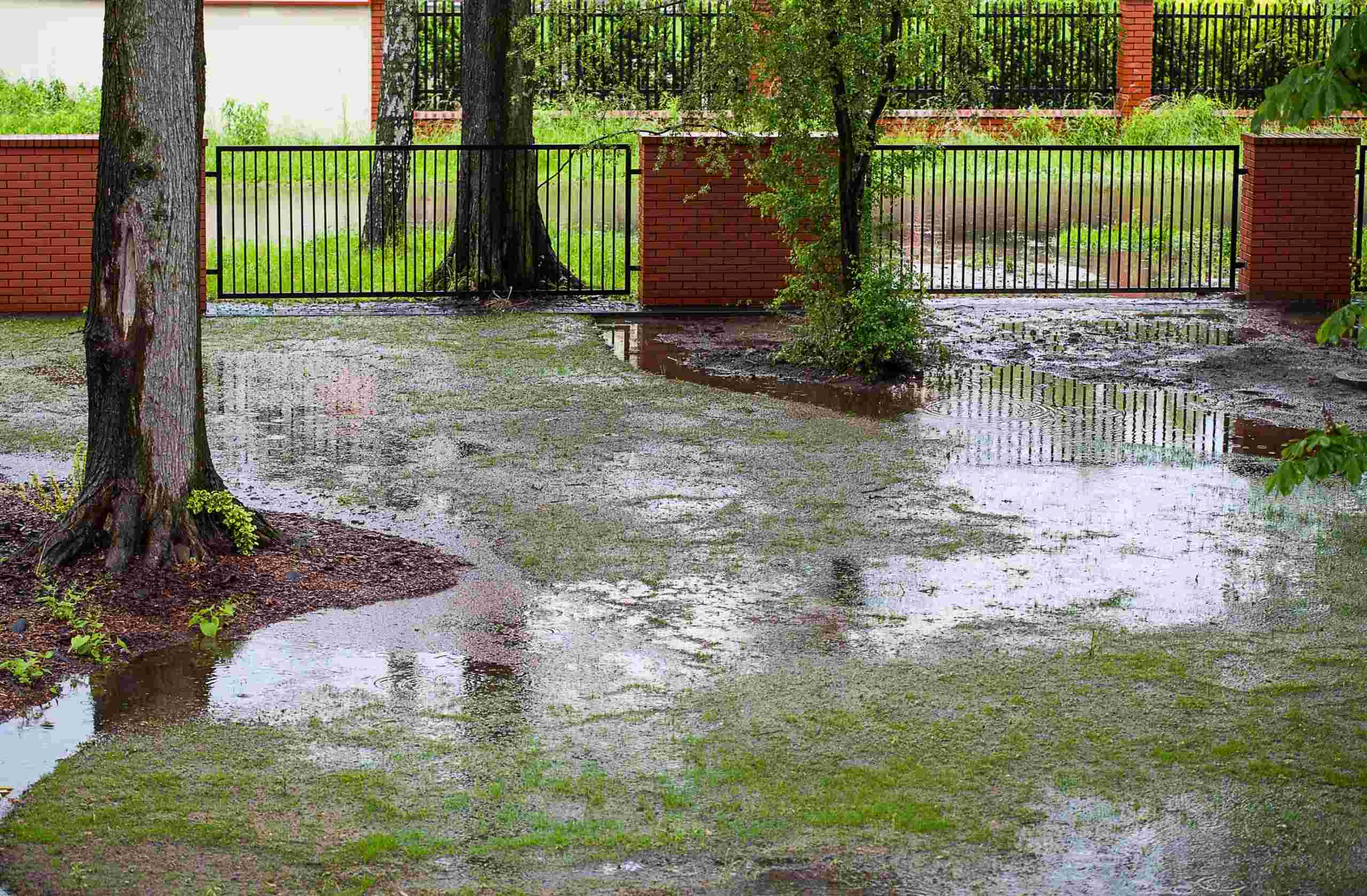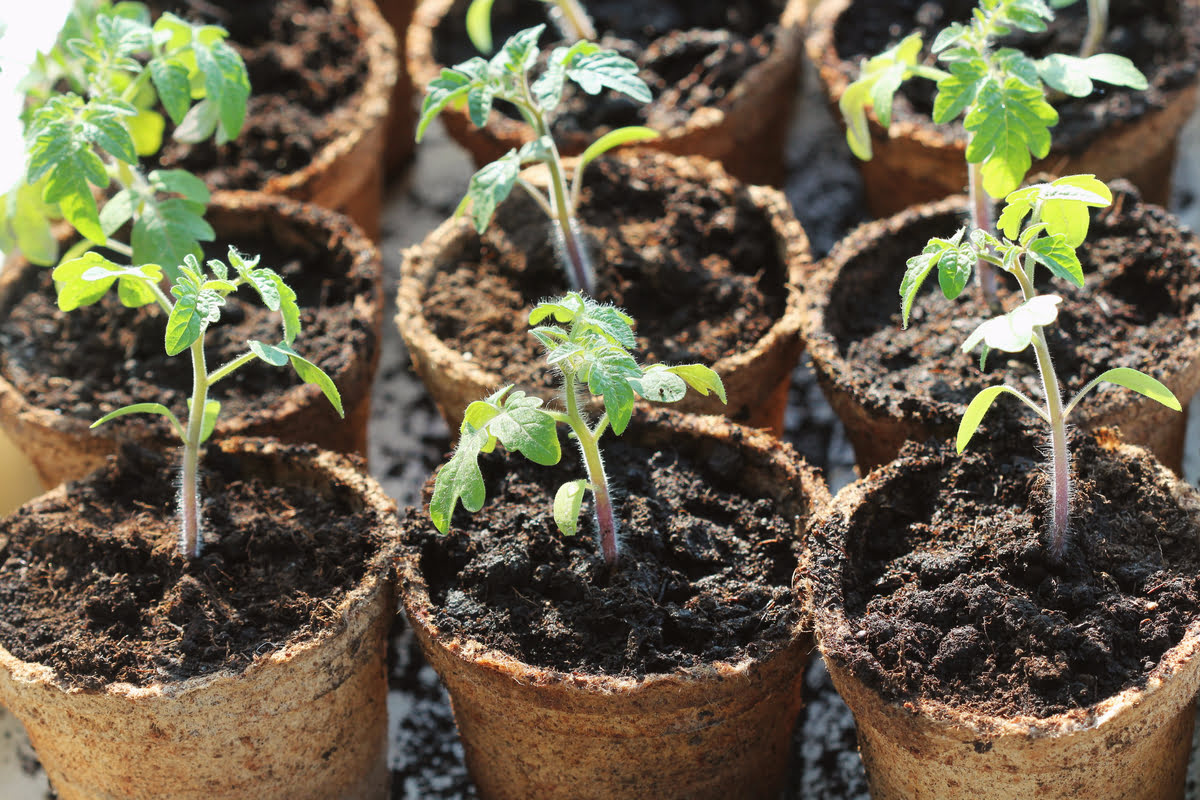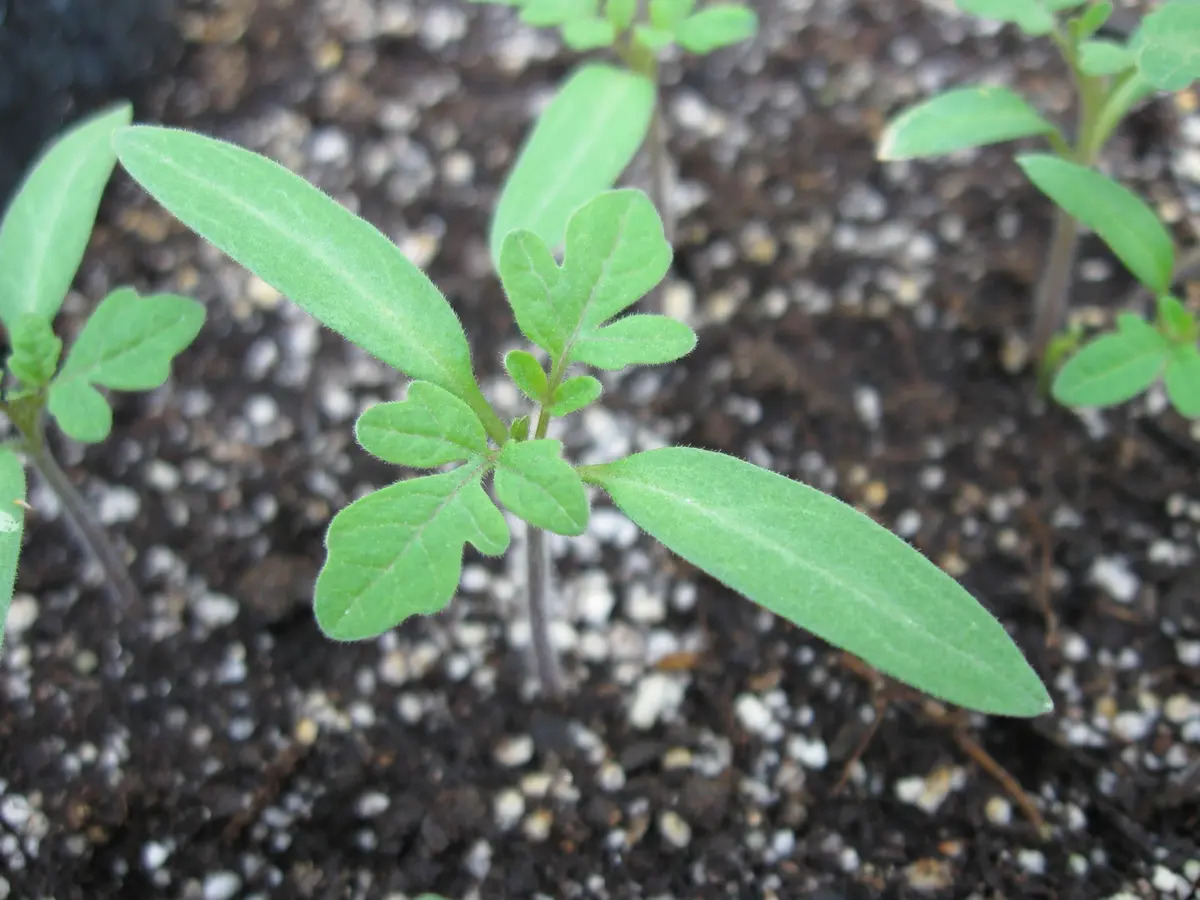Home>Gardening Tips and Tricks>Problem Solving>How To Fix Leggy Tomato Seedlings
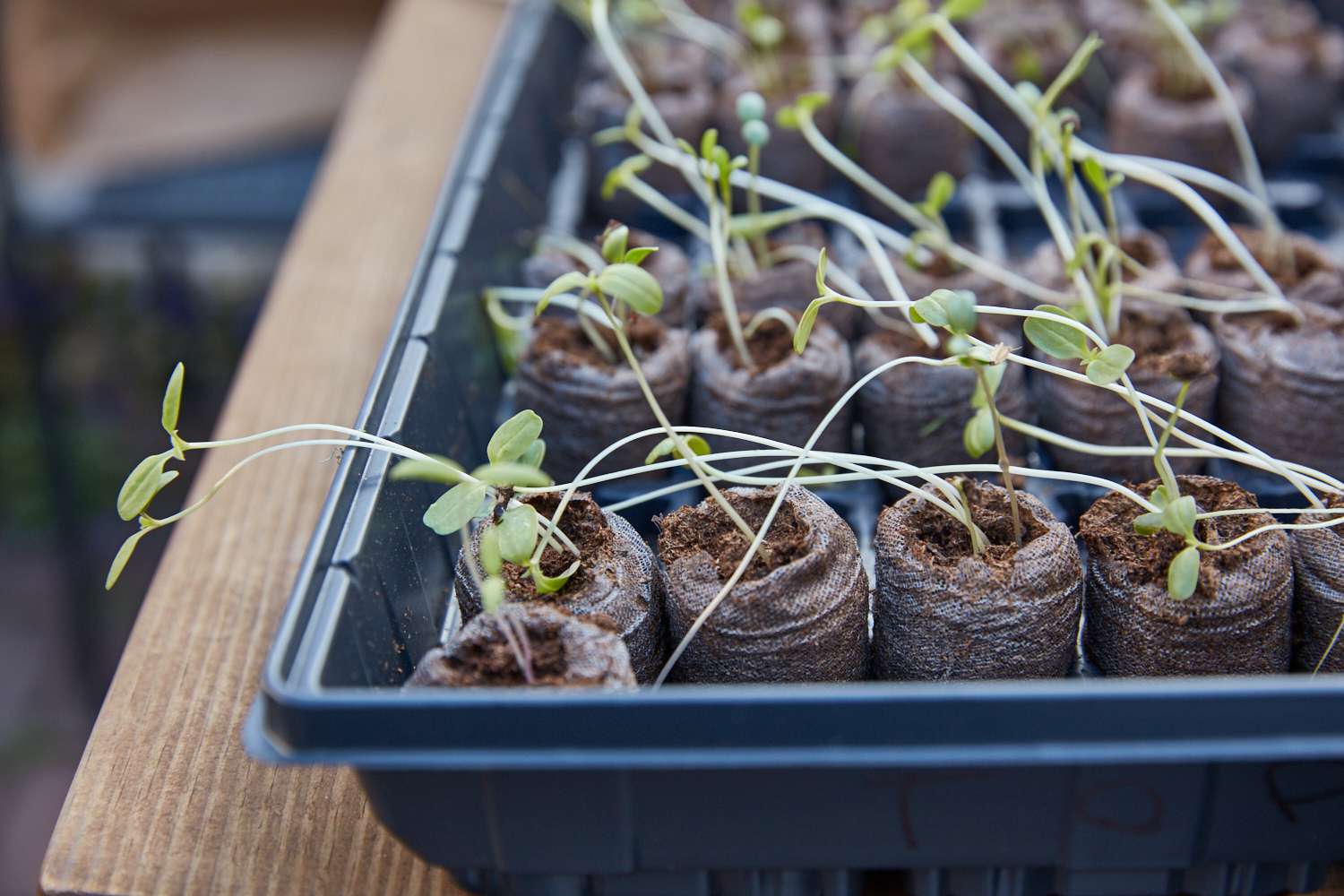

Problem Solving
How To Fix Leggy Tomato Seedlings
Modified: January 22, 2024
Learn how to fix leggy tomato seedlings with our expert tips and solutions. Solve the problem of leggy seedlings and ensure healthy tomato plants.
(Many of the links in this article redirect to a specific reviewed product. Your purchase of these products through affiliate links helps to generate commission for Chicagolandgardening.com, at no extra cost. Learn more)
Table of Contents
Introduction
Understanding Leggy Tomato Seedlings
Tomatoes are a beloved staple in many gardens, prized for their versatility and delicious flavor. However, the journey from seed to robust, fruit-bearing plants can be fraught with challenges, one of which is the phenomenon of leggy tomato seedlings. If you’ve ever encountered leggy tomato seedlings in your gardening endeavors, you know how disheartening it can be to see your young plants struggling to thrive. The good news is that with a bit of knowledge and proactive care, you can rectify this issue and set your tomato seedlings on the path to success.
In this comprehensive guide, we will delve into the intricacies of leggy tomato seedlings, exploring the causes behind this common problem and providing practical solutions to help your seedlings flourish. Whether you’re a novice gardener or a seasoned horticulture enthusiast, understanding the root causes of leggy tomato seedlings and learning how to address them will empower you to nurture robust, healthy plants and enjoy a bountiful tomato harvest.
Understanding Leggy Tomato Seedlings
Leggy tomato seedlings are characterized by their elongated, spindly stems and sparse foliage, giving them a frail and unsteady appearance. This condition occurs when seedlings grow tall and thin in an attempt to reach for light that is either too weak or too far away. In the absence of ample light, the seedlings stretch upward in a process known as etiolation, resulting in weak, fragile plants that are ill-equipped to thrive.
When tomato seedlings become leggy, their structural integrity is compromised, making them more susceptible to damage from environmental stressors and less capable of supporting the vigorous growth necessary for abundant fruit production. Understanding the underlying factors contributing to leggy tomato seedlings is crucial for implementing effective remedies and preventing future occurrences.
As we explore the causes of leggy tomato seedlings, it’s important to recognize that this issue is not uncommon and can affect gardeners of all experience levels. By gaining insight into the root causes of legginess, you can take proactive measures to foster strong, resilient tomato seedlings that will ultimately yield a prolific harvest.
Causes of Leggy Tomato Seedlings
Several factors can contribute to the development of leggy tomato seedlings, each stemming from the delicate balance of environmental conditions and plant physiology. Understanding these underlying causes is instrumental in addressing the issue effectively and preventing its recurrence. Let’s delve into the primary culprits behind leggy tomato seedlings:
- Inadequate Light: Insufficient light is a leading cause of leggy tomato seedlings. When seedlings are grown in low light conditions, they stretch upward in search of more light, resulting in elongated stems and weak foliage. Indoor seedlings, in particular, are prone to this issue when they do not receive adequate natural or artificial light.
- Improper Temperature: Fluctuating or excessively high temperatures can also contribute to legginess in tomato seedlings. When exposed to temperatures that are too warm, seedlings may grow rapidly and become leggy as a result of accelerated but weak growth.
- Overcrowding: Crowded growing conditions can impede air circulation and light penetration, prompting seedlings to stretch unnaturally as they vie for limited resources. Overcrowding in seedling trays or containers can exacerbate the risk of legginess.
- Inadequate Air Circulation: Poor air circulation around seedlings can hinder their development, leading to legginess. Stagnant air can contribute to high humidity levels and create an environment conducive to weak, spindly growth.
- Improper Watering: Overwatering or underwatering can stress tomato seedlings, affecting their overall health and vigor. Inconsistent moisture levels in the growing medium can disrupt nutrient uptake and photosynthesis, potentially leading to legginess.
By identifying these potential causes of leggy tomato seedlings, you can take proactive measures to mitigate these factors and promote the robust growth of your young plants. Addressing these issues early on can significantly improve the overall health and resilience of your tomato seedlings, setting the stage for a successful growing season.
How to Fix Leggy Tomato Seedlings
Addressing leggy tomato seedlings requires a proactive approach aimed at rectifying the underlying causes and providing the necessary conditions for healthy, robust growth. By implementing the following strategies, you can effectively remedy legginess in your tomato seedlings and set them on a path toward vitality:
- Optimize Light Exposure: Position your tomato seedlings in a location that receives ample natural light or supplement with grow lights to ensure they receive at least 14-16 hours of bright, indirect light daily. Adjust the light source to maintain an optimal distance from the seedlings, preventing excessive stretching while promoting sturdy growth.
- Adjust Temperature: Maintain consistent, moderate temperatures to prevent rapid, weak growth in tomato seedlings. Aim for daytime temperatures around 70-75°F (21-24°C) and slightly cooler nights to foster strong, healthy stems and foliage.
- Provide Adequate Space: Transplant leggy seedlings into individual containers, allowing ample space for each plant to thrive without competition. This promotes better air circulation and light exposure, reducing the risk of further legginess.
- Enhance Air Circulation: Position a gentle fan near your seedlings to promote air movement, discouraging excessive humidity and stagnant air. This simple measure can bolster the structural integrity of the seedlings and minimize the risk of legginess.
- Adjust Watering Practices: Ensure that your tomato seedlings are neither overwatered nor underwatered, striking a balance to maintain consistent moisture levels in the growing medium. Use a well-draining potting mix and water thoroughly when the top inch of the soil feels dry to the touch.
- Support Weak Stems: If your tomato seedlings are already leggy, gently bury the elongated stems deeper when transplanting to provide additional support and encourage the development of a stronger root system. This technique promotes stability and helps prevent the seedlings from bending or breaking under their own weight.
By diligently applying these corrective measures, you can effectively address leggy tomato seedlings and nurture them into robust, thriving plants. Remember that consistency and attentive care are key to promoting healthy growth and ensuring the long-term success of your tomato seedlings.
Preventing Leggy Tomato Seedlings
While addressing leggy tomato seedlings is essential, taking proactive steps to prevent this issue from arising is equally crucial for fostering strong, healthy plants from the outset. By implementing preventive measures, you can create an optimal growing environment that minimizes the risk of legginess and promotes vigorous growth in your tomato seedlings. Consider the following strategies to prevent leggy tomato seedlings:
- Provide Adequate Light: Start your tomato seeds in a location that receives abundant natural light or utilize grow lights to ensure strong, healthy growth from the beginning. Adequate light exposure from the early stages of growth discourages legginess and promotes sturdy, well-formed seedlings.
- Optimize Temperature: Maintain consistent, moderate temperatures to support robust growth and discourage rapid, weak stem development. Avoid exposing seedlings to excessively warm conditions, as this can contribute to legginess.
- Space Seedlings Appropriately: When sowing seeds or transplanting seedlings, provide adequate spacing to minimize competition for light and resources. This allows each plant to develop without the need to stretch unnaturally, reducing the risk of legginess.
- Ensure Proper Air Circulation: Set up a gentle fan to promote air movement around your seedlings, preventing the buildup of excessive humidity and minimizing the risk of weak, spindly growth. Adequate air circulation supports sturdy, resilient seedling development.
- Water Mindfully: Maintain consistent moisture levels in the growing medium by watering your seedlings carefully. Use a well-draining potting mix and water thoroughly when needed, allowing the soil to dry slightly between watering sessions to prevent waterlogged conditions that can contribute to legginess.
- Choose Suitable Varieties: Select tomato varieties known for their compact growth habits and strong stems, reducing the likelihood of legginess. Compact determinate varieties are often less prone to legginess compared to sprawling indeterminate types.
By incorporating these preventive measures into your tomato seedling care routine, you can significantly reduce the risk of leggy growth and lay the foundation for healthy, resilient plants that are poised for robust growth and abundant fruit production. Proactive care and attention to the growing environment are key to fostering optimal conditions for your tomato seedlings and ensuring their long-term vitality.
Conclusion
Successfully nurturing tomato seedlings into healthy, robust plants hinges on a comprehensive understanding of the factors contributing to legginess and the implementation of proactive measures to address and prevent this common issue. By recognizing the detrimental effects of inadequate light, improper temperature, overcrowding, poor air circulation, and inconsistent watering on seedling development, you can take targeted steps to mitigate these factors and promote optimal growth.
From optimizing light exposure and temperature to providing adequate space and enhancing air circulation, the strategies outlined in this guide empower you to rectify leggy tomato seedlings and prevent their recurrence. By cultivating a nurturing environment and incorporating mindful care practices, you can set the stage for the successful development of your tomato seedlings, ultimately yielding a bountiful harvest of flavorful, sun-ripened tomatoes.
Remember that attentive observation and proactive intervention are fundamental to fostering strong, healthy tomato seedlings. As you embark on your gardening journey, armed with the knowledge and strategies presented here, you are well-equipped to overcome the challenges of leggy tomato seedlings and cultivate thriving plants that will reward you with an abundant yield and the satisfaction of a flourishing garden.
